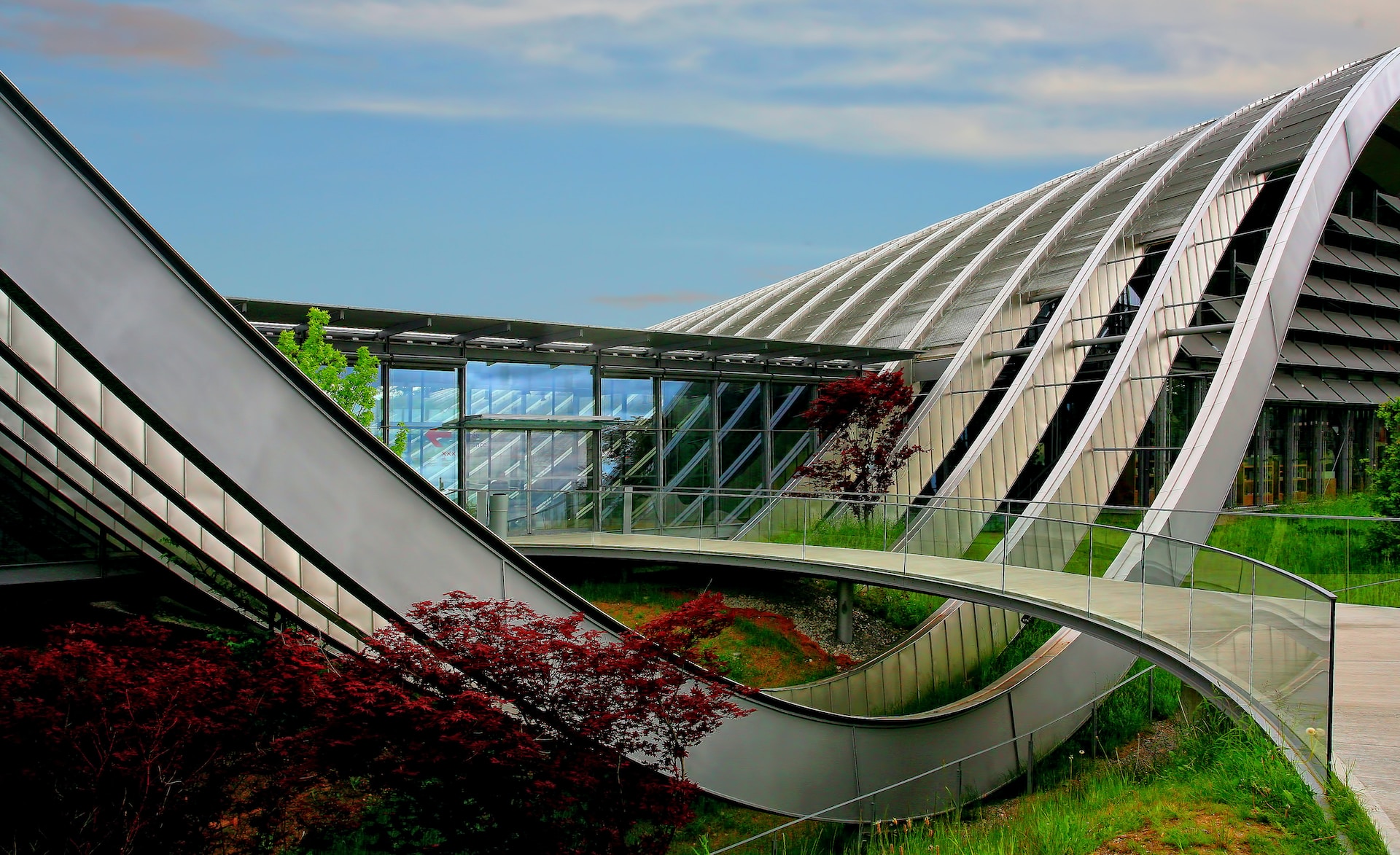

Question: What are the Benefits of Design to Value?
Answer: The benefits of Design to Value include maximizing cost-efficiency, enhancing functionality, and optimizing aesthetics, ultimately delivering higher-quality and more desirable properties that meet both market demands and budget constraints.
Benefits of Design to Value – Enhancing Property Marketability Through Design
Design plays an important role in the real estate market, particularly in how it enhances the marketability of a property. Thoughtful design can make a property more appealing to potential buyers, often leading to quicker sales and higher prices.
Attracting Buyers with Aesthetic Appeal
The aesthetic aspect of a property is often the first thing that catches a buyer’s eye. A well-designed property, boasting an attractive façade and interior, can significantly boost its marketability. [ 1 ]
Click to get more info about how much your Orangeville house is worth
Related Article: What are the Positive Effects of Modern Architecture?
Related Article: What is the Impact Factor of Architectural Design?
The Impact of Functional Design on Usability
Functional design is about more than just looks; it’s about how well a space serves its purpose. In real estate, functionality can be a major selling point, as it directly affects how occupants use and enjoy the space.
Enhancing Living Experience with Smart Layouts
Smartly designed layouts that maximize space efficiency and comfort can greatly enhance the living experience, making a property much more appealing to potential buyers or renters.
Sustainability: A Key Factor in Modern Design
In the current climate-conscious world, sustainable design is not just a buzzword; it’s a necessity. Implementing sustainable features in a property can significantly increase its value and appeal.
Eco-Friendly Features as a Major Draw
Eco-friendly features such as energy-efficient appliances, sustainable materials, and green spaces are not only good for the environment but also appealing to a growing segment of eco-conscious buyers.
The Value of Smart Home Integration
The integration of smart home technology in property design is becoming increasingly popular. This technology enhances the functionality and convenience of a property, adding significant value.
Technological Convenience as a Value Enhancer
Incorporating smart technologies like automated lighting, heating systems, and security features can make a property more attractive to tech-savvy buyers, thus increasing its value.
Historical and Cultural Elements in Design
Properties that incorporate or preserve historical and cultural elements often have a unique appeal. These features can be a significant value-add in the real estate market.
Leveraging History for Unique Appeal
Properties with historical significance or unique architectural elements can capture a niche market, often fetching higher prices due to their rarity and unique appeal.
Design for Future-Proofing Real Estate
In the ever-evolving world of real estate, future-proofing properties through design is becoming crucial. Designs that are adaptable and can evolve with changing trends and technologies maintain their value over time.
Adapting to Change for Long-Term Value
Designs that allow for easy updates and adaptations to future needs can keep a property relevant and desirable in the long-term market.
Click the link to visit the homepage and learn more about Jennifer Jewell
Conclusion
The benefits of design to value in the real estate market are manifold. From enhancing the aesthetic appeal and functionality of a property to incorporating sustainable and smart home features, good design plays a pivotal role in increasing a property’s marketability and value. Additionally, acknowledging the importance of historical and cultural elements in design can add a unique dimension to a property, making it stand out in the market. Lastly, designing with future adaptability in mind ensures that a property remains relevant and valuable over time. For homeowners, investors, and real estate professionals, understanding and leveraging these aspects of design is key to success in the dynamic and competitive world of real estate.
References
1. https://www.apriori.com/blog/what-is-design-to-value-vs-design-to-cost/


